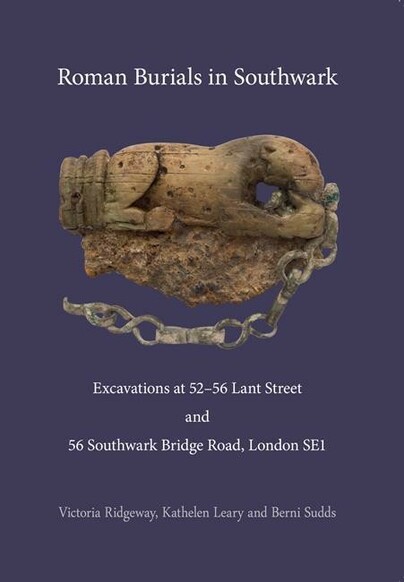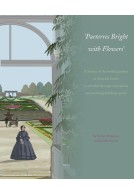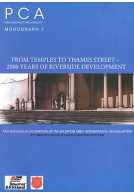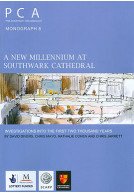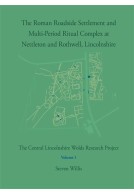Roman Burials in Southwark (Paperback)
Imprint: Pre-Construct Archaeology
Pages: 178
Illustrations: Colour illustrations throughout
ISBN: 9780992667207
Published: 31st December 2013
Script Academic & Professional
Pages: 178
Illustrations: Colour illustrations throughout
ISBN: 9780992667207
Published: 31st December 2013
Script Academic & Professional
Usually available in 6-8 weeks.
You'll be £15.00 closer to your next £10.00 credit when you purchase Roman Burials in Southwark. What's this?
+£4.99 UK Delivery or free UK delivery if order is over £40
(click here for international delivery rates)
Order within the next 50 minutes to get your order processed the next working day!
Need a currency converter? Check XE.com for live rates
(click here for international delivery rates)
Order within the next 50 minutes to get your order processed the next working day!
Need a currency converter? Check XE.com for live rates
The extent of the Romano-British cemetery to the south of Londinium has only recently begun to be recognised. The excavations reported on in this publication took place on two sites in the London Borough of Southwark in 2003. Together these revealed over a hundred inhumations, along with two cremation burials, of second to late fourth or early fifth-century date. Both sites produced an impressive range of artefactual material, predominantly pottery, glass vessels, jewellery and beads, largely as gravegoods. A variety of burial practices was observed, including prone burials and bodies laid to rest on chalk. A grave at Lant Street contained the multiple burial of a young male, child and infant interred with a range of pottery vessels. Amongst the more richly-provisioned inhumations was that of an adolescent buried with an ivory-handled knife in the form of a leopard; fittings of carved bone and copper alloy by the foot of this burial probably once adorned a wooden casket or box.This publication presents the results of the excavations, including detailed artefactual reports and osteological analyses, with a synthesised catalogue of data for each burial. A collaborative program of isotopic analysis was undertaken to help identify the possible geographic origin and dietary habits of the inhabitants. The results, presented here, show that many of those individuals tested may have spent their childhood close to the Mediterranean. Analysis of carbon and nitrogen isotopes suggests the population avoided the consumption of fish. This monograph presents only a fraction of a rapidly expanding body of data relating to burial across the suburb and is the first from the London region to include an extensive study of diet and migration through isotopic analysis.
Other titles in Pre-Construct Archaeology...







